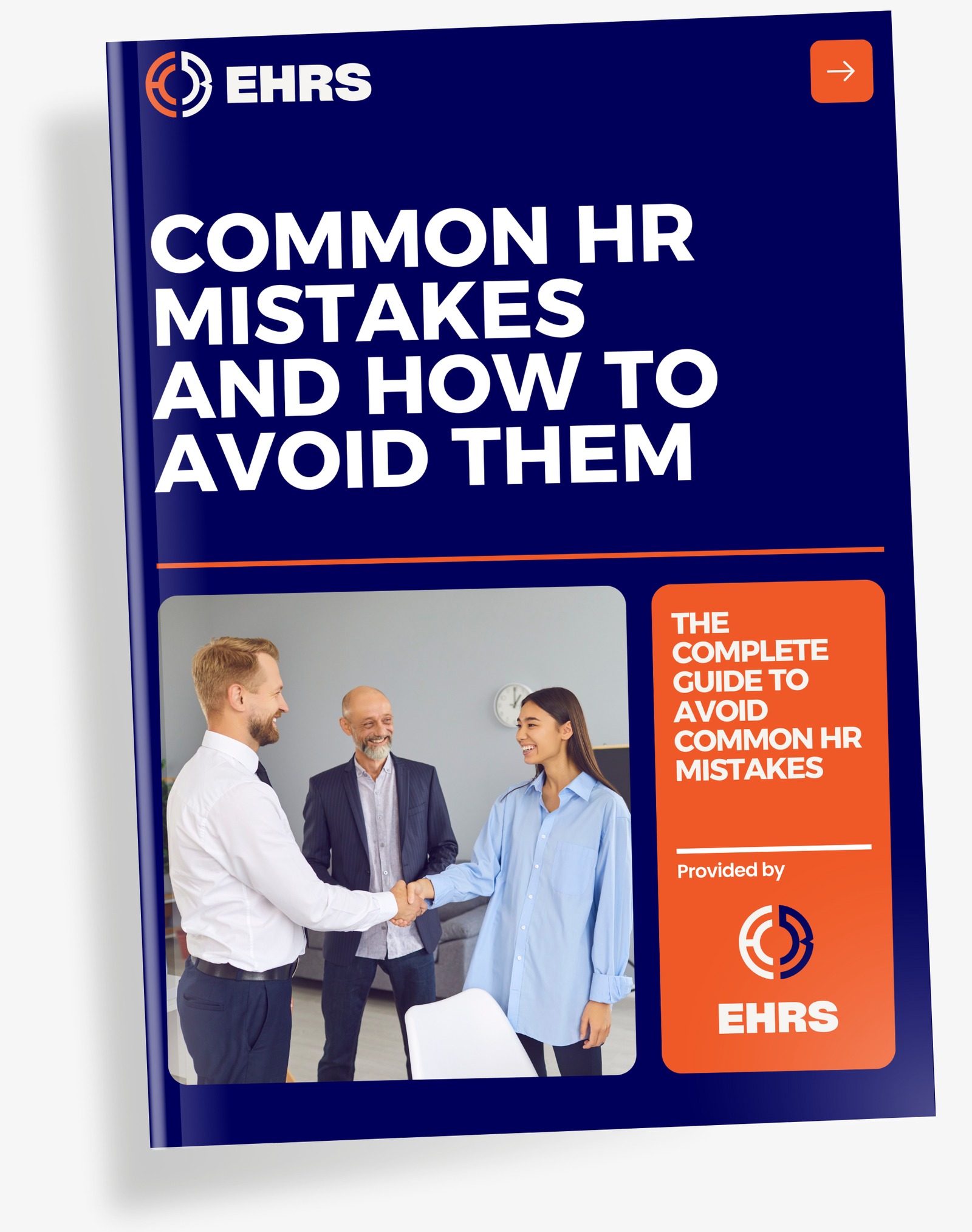Struggling with the complexities of payroll in Norway? The country’s unique regulations, high tax rates, and robust social security system often leave global businesses grappling with compliance risks.
This guide demystifies Norway’s payroll landscape, offering actionable insights into tax contributions (employee 7.9%, employer 14.1%), mandatory benefits like 25 days of annual leave, and termination protocols.
Discover how to navigate the A-melding reporting system, optimize payroll cycles, and leverage Employer of Record solutions to cut costs while ensuring adherence to Norway’s strict labor laws.
Master the essentials of payroll in Norway and turn regulatory challenges into strategic advantages.
Understanding the Norwegian Payroll Landscape: Key Regulations and Context
The Norwegian Social and Economic Model
Payroll in Norway is shaped by the Nordic social model, where high taxes fund universal healthcare, free education, and pensions. This system, supported by oil revenues and collective bargaining, ensures equality and workforce stability but increases employer costs. Companies must adapt to Norway’s egalitarian culture, where employee welfare is non-negotiable. The social model, established before oil’s rise, prioritizes long-term sustainability, making compliance crucial for global businesses. For example, Norway’s 8.2% employee and 14.1% employer social security contributions reflect this structured approach, ensuring benefits like 52 weeks of parental leave (with 80-100% pay) and sickness benefits (employers cover the first 16 days at 100%, then the state takes over) are covered.
Employment Contracts and Working Hours
Employment contracts in Norway require written agreements with clauses like:
- Parties’ identity (organization numbers)
- Work location details (including remote arrangements, which require a separate written agreement if working from home or abroad)
- Job title or work description
- Employment start date and temporary contract terms
- Holiday rights (25 days + 10.2% pay)
- Notice periods (1-3 months by tenure)
- Salary details and payroll frequency (monthly)
- Working hours (40/week max, often 37.5 via agreements)
Overtime mandates a 40% premium. Adhering to schedules is vital in Norway’s predictable work culture. Permanent contracts dominate, with trial periods up to six months. Employers must also specify break durations (minimum 30 minutes for shifts over 8.5 hours) and rules for flexible hours. Non-compliance risks disputes, as Norway’s labor laws favor employees in case of ambiguous terms. For instance, unclear remote-work clauses could lead to legal challenges if termination occurs without explicit location-based agreements.
Payroll Cycle and Minimum Wage
Norway has no national minimum wage, relying instead on sector-specific collective agreements. Employers must track these to ensure fair compensation. Legally, salaries must be paid at least bi-monthly, though monthly cycles are standard. Compliance with digital reporting (e.g., “a-melding” submissions to tax authorities) is mandatory to avoid penalties. These reports include employee earnings, taxes withheld, and social security contributions. While the skilled workforce offers advantages, strategic financial planning is essential to manage higher payroll costs in this high-wage, high-tax environment. For instance, offshore oil industry wages are governed by the “Special Collective Agreement,” ensuring consistent pay scales even in specialized sectors. Companies entering Norway often partner with local payroll providers or PEO/EOR services to navigate these complexities efficiently, ensuring alignment with both labor laws and cultural expectations.
Navigating taxation and social security for payroll in Norway
Employee and employer social security contributions
Employers and employees in Norway contribute to social security, funding pensions, sick leave, and unemployment benefits. As of 2024, employees pay 7.9% of their gross salary, down from 8.2%, while employers contribute 14.1% on total payroll costs. Lower rates apply in sparsely populated areas to offset regional disparities. Employees under 17 or over 69 pay 5.1%, and incomes below NOK 99,650 are exempt. These contributions are non-deductible for individuals but tax-deductible for employers.
- Employees: 7.9% (standard rate for ages 17-69).
- Employers: 14.1% on gross salaries, with regional variations.
- Exemptions: Income under NOK 99,650; reduced rates for minors and seniors.
Income tax and the PAYE system
Norway’s progressive income tax system operates through the Trinnskatt (bracket tax) and a flat 22% general income tax. Employees receive a tax card specifying deductions. Non-residents earning below NOK 670,000 may opt for a simplified 25% PAYE flat rate, streamlining compliance for short-term foreign workers. The table below summarizes 2024 tax rates:
| Contribution Type | Employee Rate | Employer Rate |
| Social Security Contribution | 7.9% | 14.1% |
| Income Tax (Trinnskatt – Bracket Tax) | Progressive: 1.7% > NOK 208,051; 4.0% > NOK 292,851; 13.6% > NOK 670,000; 16.6% > NOK 937,900; 17.6% > NOK 1,350,000 | – |
| General Income Tax (Skatt på alminnelig inntekt) | 22% flat rate | – |
| PAYE Scheme for Foreign Workers | 25% flat rate (optional for eligible non-residents) | – |
For example, an employee earning NOK 500,000 would pay NOK 9,727.54 in Trinnskatt, calculated across brackets. Foreign workers under PAYE avoid complex filings but forfeit deductions like expatriate concessions.
The a-melding report: a critical compliance step
Monthly submission of the a-melding report is mandatory for all employers. This document details gross salaries, fringe benefits, withheld taxes, and social security contributions for each employee. Delays or inaccuracies risk penalties, as highlighted by HR non-compliance EU penalties (up to 4% fines). Payments for taxes and contributions are due every two months (e.g., January 15, March 15). Employers must use a KID number for electronic transfers to ensure correct allocation.
- Deadline: Monthly submissions with bi-monthly payments.
- Penalties: Fines up to 4% for non-compliance (learn more).
- Process: Use KID numbers for error-free electronic payments.
Failure to adhere to these requirements can disrupt payroll operations and attract legal risks. For detailed guidance, consult Multiplier’s Norway Payroll Guide, which outlines regional exemptions and reporting nuances.
Managing Employee Benefits and Leave: A Key Component of Norwegian HR
Norwegian HR systems prioritize legal compliance and employee welfare. For international companies, understanding leave structures and benefits avoids legal penalties while aligning with local labor standards. These policies reflect Norway’s focus on work-life balance and social security. Non-compliance risks financial penalties and reputational damage, emphasizing the need for precise implementation.
Annual Leave and Holiday Pay (Feriepenger)
Employees receive 25 working days of annual leave, extendable to five weeks via collective agreements. Holiday pay (feriepenger) equals 10.2% of prior year’s gross income (12% for five-week entitlements). Paid in June, it replaces regular salary. Employers must document accrued amounts on pay slips annually, per the Ferieloven (Norwegian Vacation Act). Part-time workers accrue leave proportionally, while sectors like construction or healthcare may offer additional days through industry-specific unions.
Sick Leave, Parental Leave, and Public Holidays
Employers cover full salary for the first 16 sick days, after which the Norwegian Labour and Welfare Administration (NAV) assumes responsibility. Parental leave offers 49 weeks at 100% pay or 59 weeks at 80%, with reserved quotas for each parent. Fathers have a non-transferable 10-week fedrekvote (paternal quota), ensuring shared responsibility. Ten annual public holidays include New Year’s Day, Easter, May 1st, and Constitution Day (May 17th), reinforcing cultural and religious observances.
- Annual Leave: 25 working days with 10.2% holiday pay (12% for five weeks).
- Sick Leave: Employer pays first 16 days, followed by NAV coverage.
- Parental Leave: 49 weeks at 100% pay or 59 weeks at 80%, with reserved parental quotas.
- Public Holidays: 10 official holidays, including Christmas, Easter, and Norwegian Constitution Day.
Unemployment Benefits (Dagpenger)
To qualify for dagpenger, applicants must lose 50%+ of work hours and meet income thresholds: 195,240 NOK (12 months) or 390,480 NOK (36 months). Payments cover 62.4% of prior earnings, capped at 780,960 NOK yearly. Benefits last up to 104 weeks for those meeting the 2 G income threshold. Compliance requires active job searching, biweekly reporting via meldekort, and nationwide job availability. Part-time work (up to 50% capacity) allows partial benefit retention, balancing transition periods.
Termination, Reporting, and Payroll Solutions in Norway
Termination of Employment: Rules and Notice Periods
In Norway, termination of employment must be based on objective grounds, such as employee misconduct or economic reasons related to the company. The statutory notice periods depend on the employee’s length of service: 1 month for 0–4 years, 2 months for 5–9 years, and 3 months for 10+ years. For employees over 50 with more than a decade of tenure, notice periods can extend up to 6 months. Employers must provide written notice, and while there is no legal requirement for severance pay, such provisions may exist in collective agreements or individual contracts.
Choosing the Right Payroll Solution for Your Business
Managing payroll in Norway requires navigating complex tax and labor regulations. Here’s a comparison of available options:
- In-house Payroll: Offers full control but demands significant local expertise, resources, and compliance with Norwegian laws. Risks include non-compliance if internal knowledge is insufficient.
- Local Payroll Provider: Outsourcing payroll processing to a local expert ensures compliance, but the employer remains legally responsible. Ideal for companies with a local entity seeking administrative support.
- Global Employer of Record (EOR): Transfers all legal responsibilities to the EOR, which acts as the official employer. Suitable for businesses without a local entity, ensuring compliance with tax, payroll, and HR regulations while accelerating market entry.
Why an EOR Can Be the Optimal Choice
For international companies, an Employer of Record (EOR) offers a streamlined approach to managing payroll in Norway. By assuming legal employer responsibilities, an EOR eliminates the need to establish a local entity, reducing setup time and administrative burdens. This solution ensures adherence to Norway’s strict labor laws, including tax filings, social security contributions, and benefit administration. It also mitigates risks associated with misclassification or non-compliance, which can result in penalties equivalent to up to two annual salaries. For businesses prioritizing speed and compliance, partnering with an EOR like those offering PEO Compliance: Cut Risk & Payroll+Benefits Compliance provides a secure, scalable framework for global expansion.
Managing payroll in Norway requires strict adherence to regulations, including progressive taxes and social security contributions. Mandatory a-melding reporting and strict termination rules make compliance essential. For international businesses, an Employer of Record (EOR) simplifies payroll, reducing risks while aligning with Norway’s egalitarian labor ethos. Prioritize precision to succeed in this high-cost/high-reward market.
Frequently Asked Questions (FAQ)
How are employees compensated in Norway?
In Norway, workers typically receive their salaries on a monthly basis, though the law mandates at least two payments per month. Wages are often determined by collective agreements in specific sectors, ensuring competitive compensation. Payments are usually transferred directly to employees’ Norwegian bank accounts. Key elements outlined in employment contracts include salary amount, payment method, and frequency, ensuring transparency and compliance with labor standards.
What constitutes payroll taxes in Norway?
Norway’s payroll tax framework includes both income tax and social security contributions. Employees contribute 7.9% (as of 2024) toward social security, while employers pay 14.1% on top of gross salaries. Income tax follows a progressive bracket system, with rates ranging from 1.7% to 17.7% based on income levels. Additionally, a simplified PAYE (Pay-As-You-Earn) scheme applies a flat 25% tax rate for qualifying foreign workers below certain income thresholds.
What is the standard payment frequency for salaries in Norway?
Monthly payments represent the predominant payroll cycle in Norway, despite legal requirements for at least bi-monthly disbursements. This practice aligns with administrative efficiency and employee financial planning. Some industries may adopt alternative schedules through collective agreements, though such exceptions remain relatively rare in practice.
What factors contribute to high salaries in Norway?
Several key elements drive Norway’s elevated salary levels: a high cost of living necessitating robust compensation, strong union representation negotiating favorable terms, and the country’s substantial oil revenues funding its comprehensive welfare model. This egalitarian approach ensures income distribution prioritizes equitable living standards across the population.
Does Norway have a national minimum wage, and what does it equate to in USD?
Norway maintains no national minimum wage legislation. Instead, sector-specific collective agreements establish wage floors, varying by industry and experience. For instance, construction workers earn approximately $22 USD/hour, while hospitality roles start around $17 USD/hour. These benchmarks reflect union-negotiated standards rather than statutory requirements.
How does Norway administer personal income tax collection?
The PAYE (Pay-As-You-Earn) system governs tax collection, with employers withholding taxes directly from salaries. The Tax Administration issues individual deduction cards specifying applicable rates. This framework combines progressive income tax brackets (up to 17.7%) with mandatory social security contributions, ensuring streamlined compliance for taxpayers.
Why does Norway maintain high tax rates compared to other nations?
Norway’s elevated tax burden directly funds extensive social programs, including universal healthcare, free education, and comprehensive welfare benefits. This model stems from the country’s oil wealth distribution philosophy and societal emphasis on equality. The system redistributes resources to guarantee high living standards for all citizens, reflecting long-standing cultural priorities.
How does the PAYE system function for Norwegian taxpayers?
The PAYE system mandates automatic tax deductions at source, managed via individual tax cards. These cards specify applicable deduction rates based on personal circumstances. For foreign workers with limited Norwegian tax liability below specific thresholds, a simplified 25% flat rate applies, encompassing both income tax and social security contributions.
What unemployment benefits does Norway provide?
Norway’s unemployment benefits (dagpenger) cover 62.4% of previous earnings, capped at 6 G (approximately $78,000 USD in 2024). Eligibility requires meeting minimum income thresholds (195,240 NOK over 12 months) and active job-seeking status. Benefits last up to 104 weeks for higher earners, with shorter durations for lower-income recipients, ensuring temporary financial support during job transitions.





